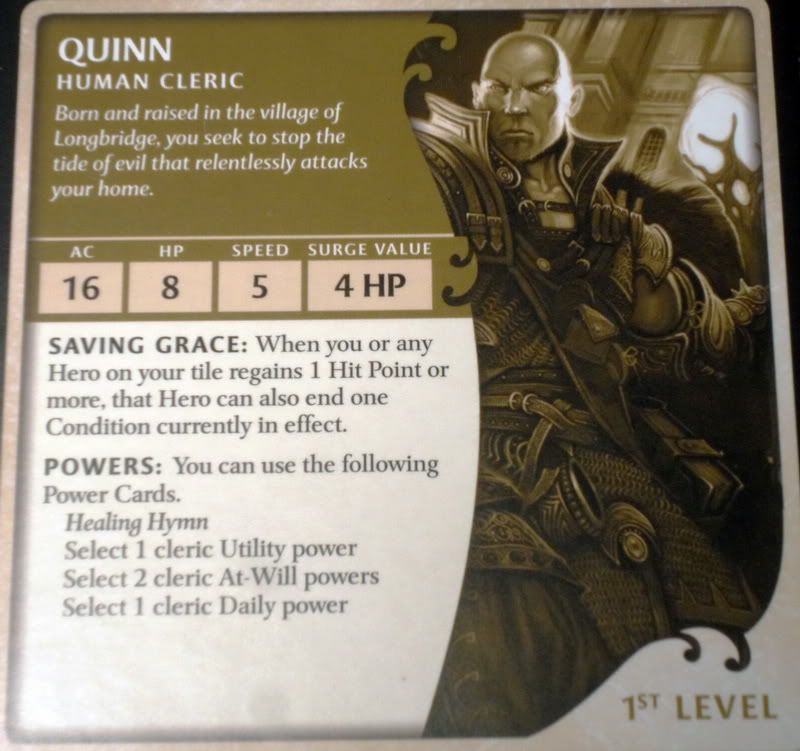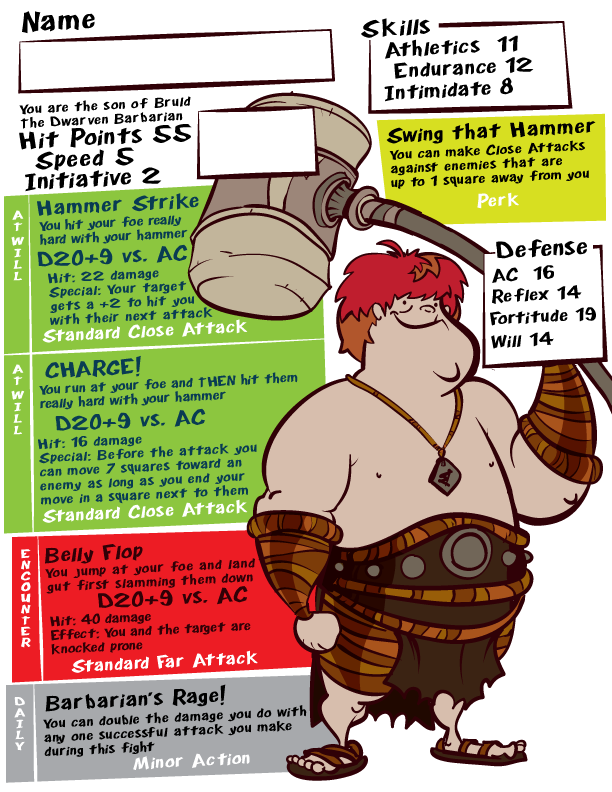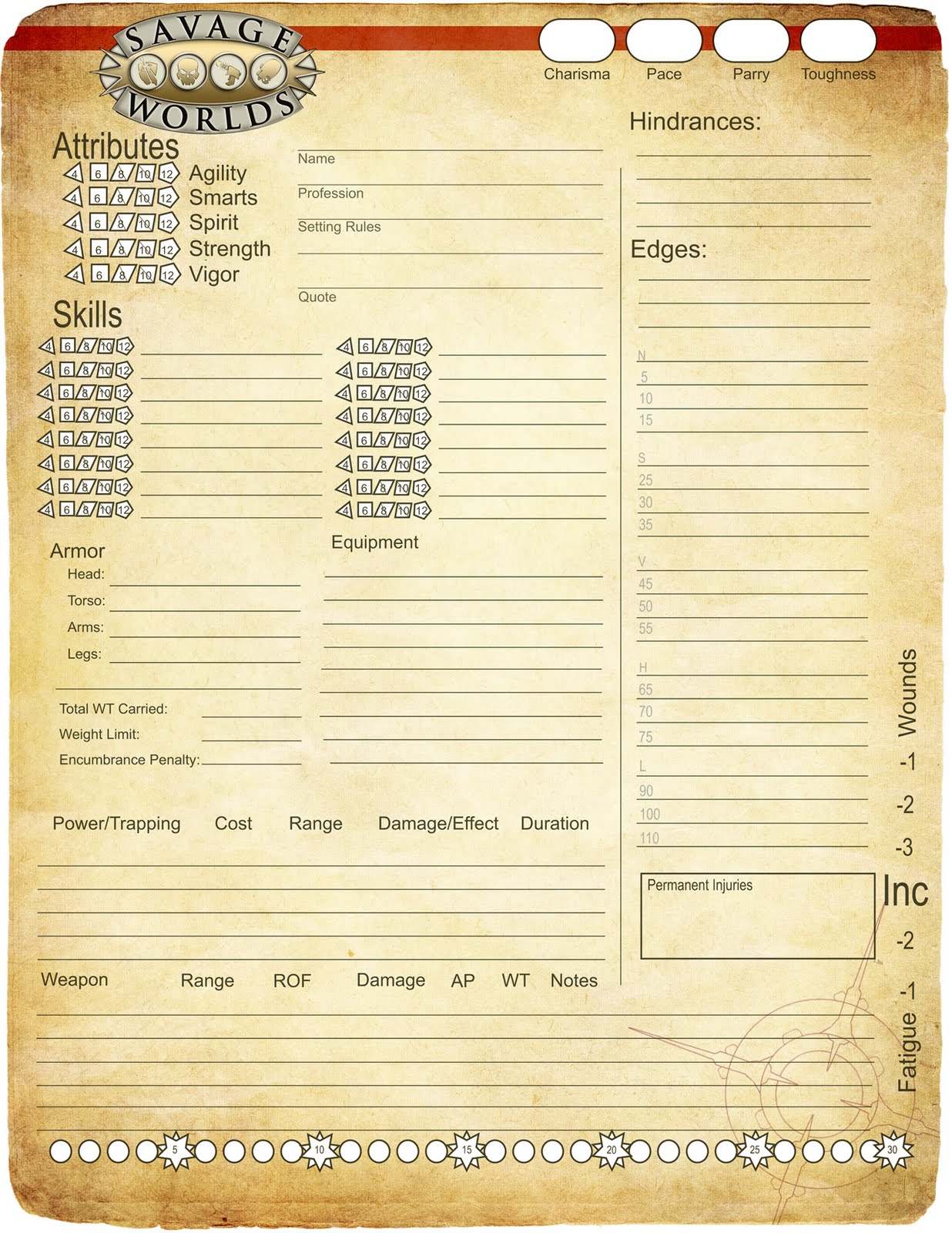I had to chance to play a boardgame called Eclipse recently. Its a fairly recent game that has grown very popular over the last few years.
What is so interesting about the game is that it has a large number of tracking elements, however, they are all tracked on your player card using little wooden pieces. The interface is so streamlined that I can manage a large number of different tasks seamlessly with very little mental effort.
It got me thinking of the possibilities for Dnd.
While we all don't use minis and boards for our games, probably everyone uses a character sheet (and I would imagine those who didn't wouldn't really have an issue with one).
Could we instill some design elegance into that paper part of the pen and paper game we play....and allow us to track some complex elements.
Could we take it a step further and make the character sheet truely a "player card" or would that be too boardgamey for the masses?
I don't have any specifics right now, just wanted to start a discussion.
What is so interesting about the game is that it has a large number of tracking elements, however, they are all tracked on your player card using little wooden pieces. The interface is so streamlined that I can manage a large number of different tasks seamlessly with very little mental effort.
It got me thinking of the possibilities for Dnd.
While we all don't use minis and boards for our games, probably everyone uses a character sheet (and I would imagine those who didn't wouldn't really have an issue with one).
Could we instill some design elegance into that paper part of the pen and paper game we play....and allow us to track some complex elements.
Could we take it a step further and make the character sheet truely a "player card" or would that be too boardgamey for the masses?
I don't have any specifics right now, just wanted to start a discussion.















